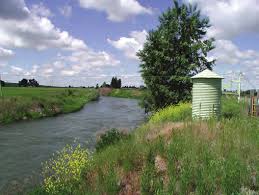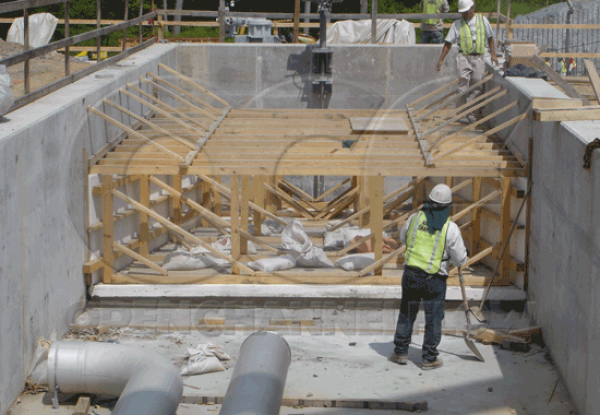This website uses a variety of cookies, which you consent to if you continue to use this site. You can read our Privacy Policy for
details about how these cookies are used, and to grant or withdraw your consent for certain types of cookies.
Stilling Well Lag
 During periods of rapid water level change, the level in a stilling well may lag behind those in the channel that it is measuring. This phenomenon is known as stilling well lag and is a result of head loss in the intake system. Stilling well lag may occur when the water level in the channel is rising or falling.
During periods of rapid water level change, the level in a stilling well may lag behind those in the channel that it is measuring. This phenomenon is known as stilling well lag and is a result of head loss in the intake system. Stilling well lag may occur when the water level in the channel is rising or falling.
Uncorrected, stiling well lag can result in both totalized and instantenous flow measurement errors.
Stilling well lag can be minimized by:
- Sitting the stilling well as close as is practical to the measured channel
- Increasing the number of intake ports
- Generally not an option for short-throated flumes as there is a single, specific, primary point of measurement
- Increase the intake line size
- This may have the secondary benefit of minimizing the change of clogging in the intake line, although it can increase sediments in the stilling well itself.
An analyis of stiling well lag can be found in Reginald Herschy's Streamflow Measurement, Third Edition.
Image: U.S. Geological Survey
Related Blog Posts
Explore more insights in our blog.

LOCATIONS IN ATLANTA, GA & BOISE, ID




